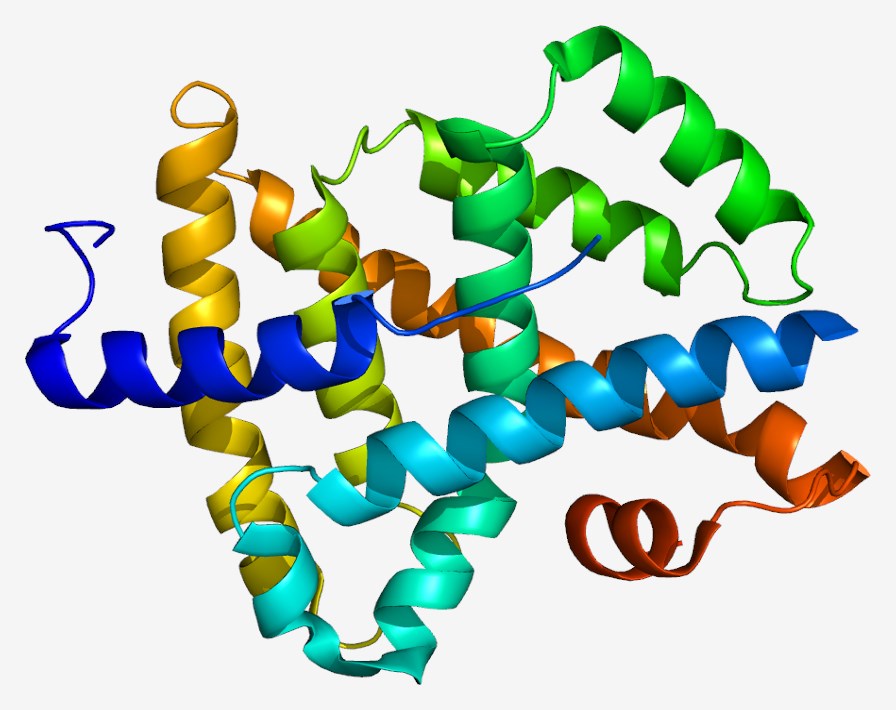NASH Target Development Service for Farnesoid X Receptor (FXR) Activators
Nonalcoholic steatohepatitis (NASH), a form of nonalcoholic fatty liver disease, is predicted to be the most common cause of liver transplantation in the future. Currently, there is no drug approved by FDA for NASH treatment. In order to promote the drug development against NASH, Creative Biolabs provides first-class target screening, structural characterization, and functional profiling services for identification of potential drug targets such as farnesoid X receptor (FXR) based on our powerful technologies.
Introduction of FXR
FXR, also known as nuclear receptor subfamily 1, group H, member 4 (NR1H4) or bile acid receptor (BAR), is a nuclear receptor that is encoded by the NR1H4 gene in humans. It is highly expressed in the liver and intestine. When the natural ligands bind to FXR such as chenodeoxycholic acid and other bile acids, this receptor is activated and involved in the regulation of a variety of genes that are significantly associated with regulation of bile acid, lipid, and glucose homeostasis. FXR activation suppresses cholesterol 7 alpha-hydroxylase (CYP7A1) which is a rate-limiting enzyme in bile acid synthesis from cholesterol. The abnormal bile acid (BA) metabolism is associated with liver injury, metabolic disorders, cardiovascular and digestive system diseases. Furthermore, FXR also plays a very important role in triglyceride and cholesterol homeostasis, as well as in glucose metabolism. Notably, FXR activation is also involved in the suppression of inflammatory response.
 Fig.1 Available structure of FXR. Distributed under Open Access License CC BY-SA 4.0, from Wiki, without modification.
Fig.1 Available structure of FXR. Distributed under Open Access License CC BY-SA 4.0, from Wiki, without modification.
FXR Activators Applied for NASH Treatment
Due to the central functions in the control of the lipid metabolism, glucose homeostasis, and inflammation, FXR seems to be a promising target for the treatment of NASH. FXR activation has been indicated to inhibit hepatic de novo lipogenesis, improve insulin sensitivity and protect hepatocytes from bile acid-induced cytotoxicity. Currently, more and more potent and selective FXR agonists have been developed to act as successful therapeutic interventions for cholestatic liver disorders, NASH, obesity, and metabolic syndrome. The intestinal-specific FXR agonists can improve bile acid homeostasis and reduce cellular proliferation, hepatic inflammation, and fibrosis. There are several drugs currently being evaluated in NASH clinical trials, such as obeticholic acid (OCA), a semi-synthetic bile acid analogue, which is a first-in-class selective FXR agonist, and a conjugate of cholic acid and arachidic acid, which is a first in class member of a novel family of synthetic Fatty-Acid/Bile-Acid Conjugates (FABACs). They act as activators of FXR and appear to be promising drugs that could be considered for future treatment protocols of NASH.
Creative Biolabs is a world-leading service provider of target identification, screening, and characterization for NASH. We have extensive experience and comprehensive knowledge of disease target development for a broad range of project objectives. Equipped with advanced technologies and skilled expert team, we can offer high-quality target construction and custom target screening services to meet our clients’ demands precisely. Particularly, our services also involve antibody development (e.g. Phage Display & Antibody Library Services, Antibody Analysis Services, Antibody Engineering Services) or the one-stop services of NASH drug discovery. If you have any special needs in NASH services, please feel free to contact us for more details.
 For Research Use Only.
For Research Use Only.